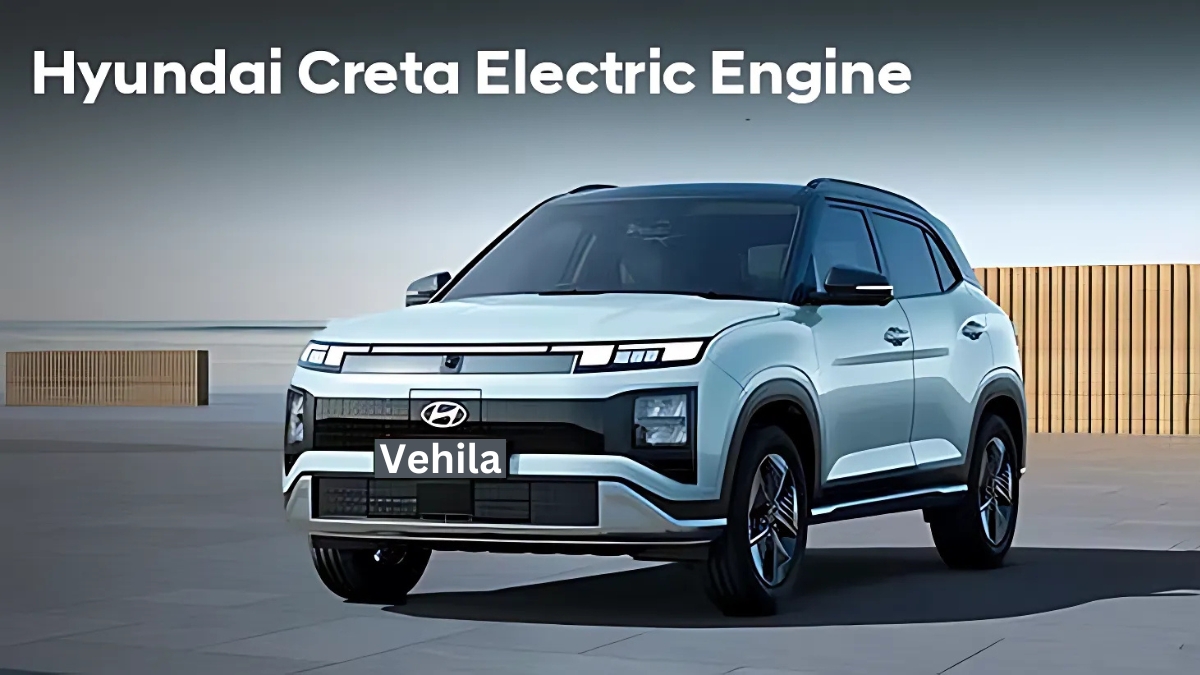The Hyundai Creta has stepped into the future with its electric variant, bringing an eco-friendly yet powerful driving experience. This transition to electric mobility is not just about reducing carbon emissions but also about enhancing performance, efficiency, and convenience. The Creta Electric comes with two battery options—Standard Range and Long Range—catering to diverse driving needs, from daily commutes to long highway journeys. With its refined powertrain and advanced technology, this electric SUV is set to redefine the market.
The Hyundai Creta Electric is designed to provide an exhilarating yet smooth ride. If you are considering making the switch to an EV, understanding the core elements of its performance, battery efficiency, and technological advancements is crucial. In this guide, we explore the power of the Hyundai Creta Electric Engine and how it stands out in the competitive EV segment.
Hyundai Creta Electric Engine Specifications
Power and Performance: Electrifying Acceleration and Efficiency
When it comes to electric vehicles, power is not just about speed; it's about how seamlessly the vehicle delivers torque and acceleration. The Hyundai Creta Electric boasts an impressive powertrain available in two variants:
The Standard Range model generates 99 kW (135 PS) , ensuring a smooth and controlled ride, ideal for city driving and stop-and-go traffic. On the other hand, the Long Range model is more robust, producing 126 kW (171 PS) , allowing for quicker acceleration, making it suitable for highway cruising and overtaking with ease.
Unlike traditional combustion engines, which experience a delay in power delivery, the Creta Electric’s instant torque output ensures immediate acceleration. This allows for a dynamic driving experience, whether you're navigating congested urban roads or cruising on the open highway.


